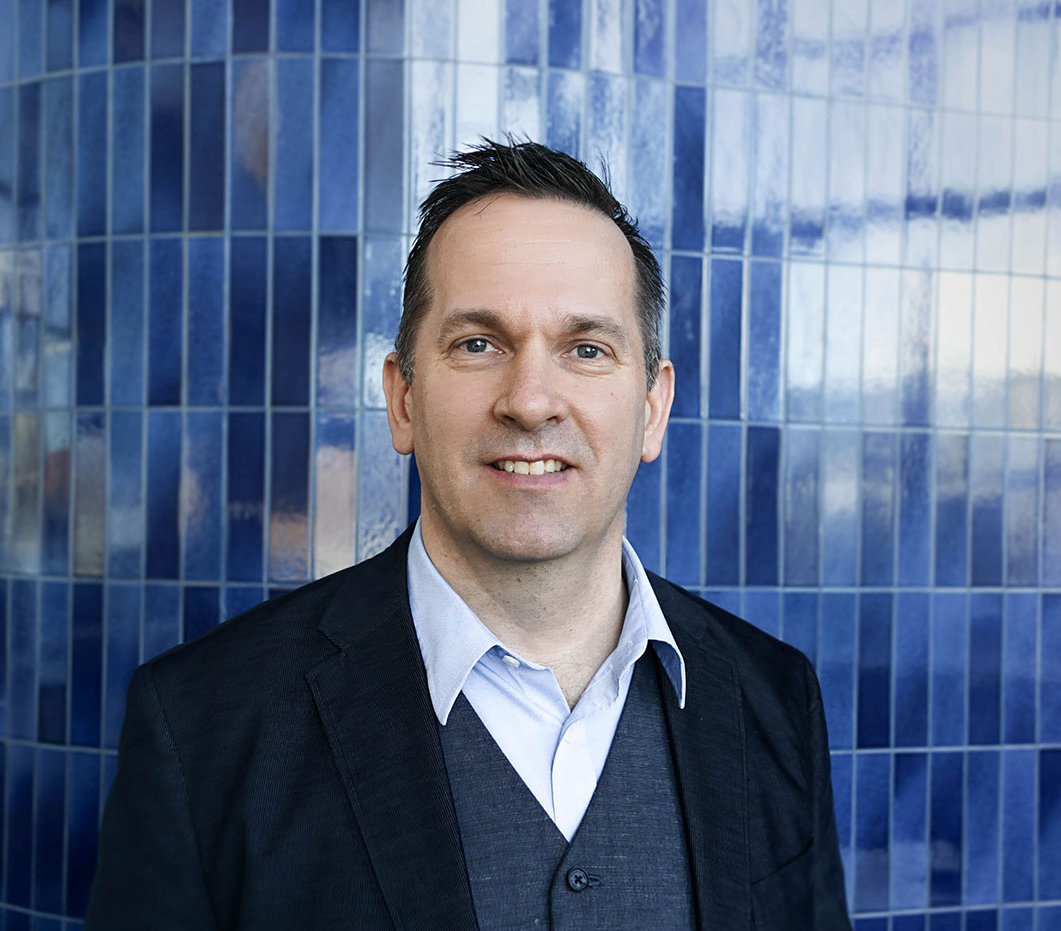My exposure to the Federation of Canadian Municipalities (FCM) began in 2001 as a newly elected municipal councillor in Vegreville, Alberta and the physical infrastructure advocacy that FCM has built a solid reputation on was quickly apparent. Fast forward to today. I was an invited workshop moderator at the Sustainable Communities Conference organized by FCM and sponsored by one of their internal programs, the Green Municipal Fund. What was remarkable was that the capacity-plus workshop audience wasn’t there to talk about physical infrastructure or ways to generate new revenues – they were there to talk about the role that human connections in our communities play in solving some of our most pressing problems. The session was called “Turning Social Capital into Sustainability Success” and featured panelists Rosemary Cooper (Senior Associate with One Earth in Vancouver), Dick van Veen (Senior Designer with Mobycon in the Netherlands and Ottawa), Lucy Cummings (Executive Director of Faith and the Common Good in Toronto), and Emily Munroe (Executive Director of 8-80 Cities, Toronto). In each case, these leaders in their respective spaces have been attending to the complex, invisible, but powerful web of relations that profoundly shape us from individual to city levels. Although Rittel and Webber gave us a good look at the concept of ‘wicked problems’ back in 1975 (challenges that are difficult to define, that defy definitive solutions, resist sequential solutions, can’t be standardized, and so on) it is clear that we’ve been slow to catch on. The Honourable Minister of Environment and Climate Change, Catherine McKenna, reminded us during her lunch talk that “no one on their own can address climate change” and a quick perusal of her Mandate Letter reflects a deeply relational dynamic (you must read between the lines to pick that up but it is certainly there) that is sobering in its challenges and imaginative in its feasibility. Without a robust social infrastructure, Canada’s climate and other change goals will not be met, however well-meaning we may be. That’s what made this workshop linking social capital and sustainability unique. It was clear from presenters and participants alike that it is very difficult to make progress on aspirations and change when the social fabric is thin or doesn’t exist. When we don’t have sufficient trust or relational connection as individuals or organizations (among and across our differences), we become preoccupied with identifying who (other than us) is responsible for our various messes. If you are a municipality, it’s the province or the federal government. If you’re a business owner, it’s all of government. If you’re a citizen, it’s business and government, and so on. We do need greater clarity on responsibility and with it, more effective ways of identifying if we have the resources to deliver what we’ve been asked to shoulder. Without that, frustration will increase as the dreams of the future get bigger. Elected municipal officials and administrators I had a chance to interact with identified how critical the role of community organizations and community groups of all kinds are in facilitating democratic process. In many cases, strong community groups are more trusted than local officials given their service to people at immediate, neighbourhood levels. Your flourishing local bike co-op may provide the kind of community signal that local leaders need to risk moving the needle on infrastructure investment toward more diverse modes of transportation. However large or small it may be, every municipality has a local, street-level dynamic. What happens at those levels is vital, even for global issues that involve Parisian ambitions because democratic governments at all levels need a civil society that can enable their governing. One participant asked: what happens if the social capital isn’t present or is very thinned out? Spot on. That isn’t easy to remedy. A local government can’t just add “increase social fabric by 5.9% this year” in the same way that a public works watermain project can be undertaken to shore up a physical infrastructure deficit. We need to spend more time and energy in answering that participant’s insightful question and its flipside – how do we protect, nurture, and grow the social fabric of our communities where it already exists? The workshop presenters provided answers to this question in their work: we need spaces designed for more than one mode of transportation; we need spaces designed for human scale interaction that includes investment in programming and social use; we need to identify barriers to social connectivity and remove them (eg. filling out a stack of paperwork to host a simple block party) and we need faith communities which are generators of public good in our neighbourhoods. I had the chance to spend a day with the closing keynote, Charles Montgomery (Happy City), this past June at a Congress for the New Urbanism workshop and the matter of sociable spaces, strategies and our happiness are clearly related. Is there a role for happiness (as a kind of proxy for well-being) in approaching our collective challenges? Could it be more effective than grim determination? It must surely be better than uncaring resignation. While these are clearly valuable conversations to have at a conference dedicated to communities and sustainability, the deeper gains will be found in growing these conversations where they are already well underway and carrying them to other places in government, business, and our communities where they are desperately needed.


Sustainable Cities and Social Capital: Common Dilemmas and Hopes
You'll also enjoy...

Changing Politics for a Changed Country
The challenge for a renewed conservatism that will have the authenticity and robustness to appeal again to the electorate will have the courage to avoid simplistic talking points and recognize that a healthy society requires a full range of social institutions to play their roles Rethinking charity,...

